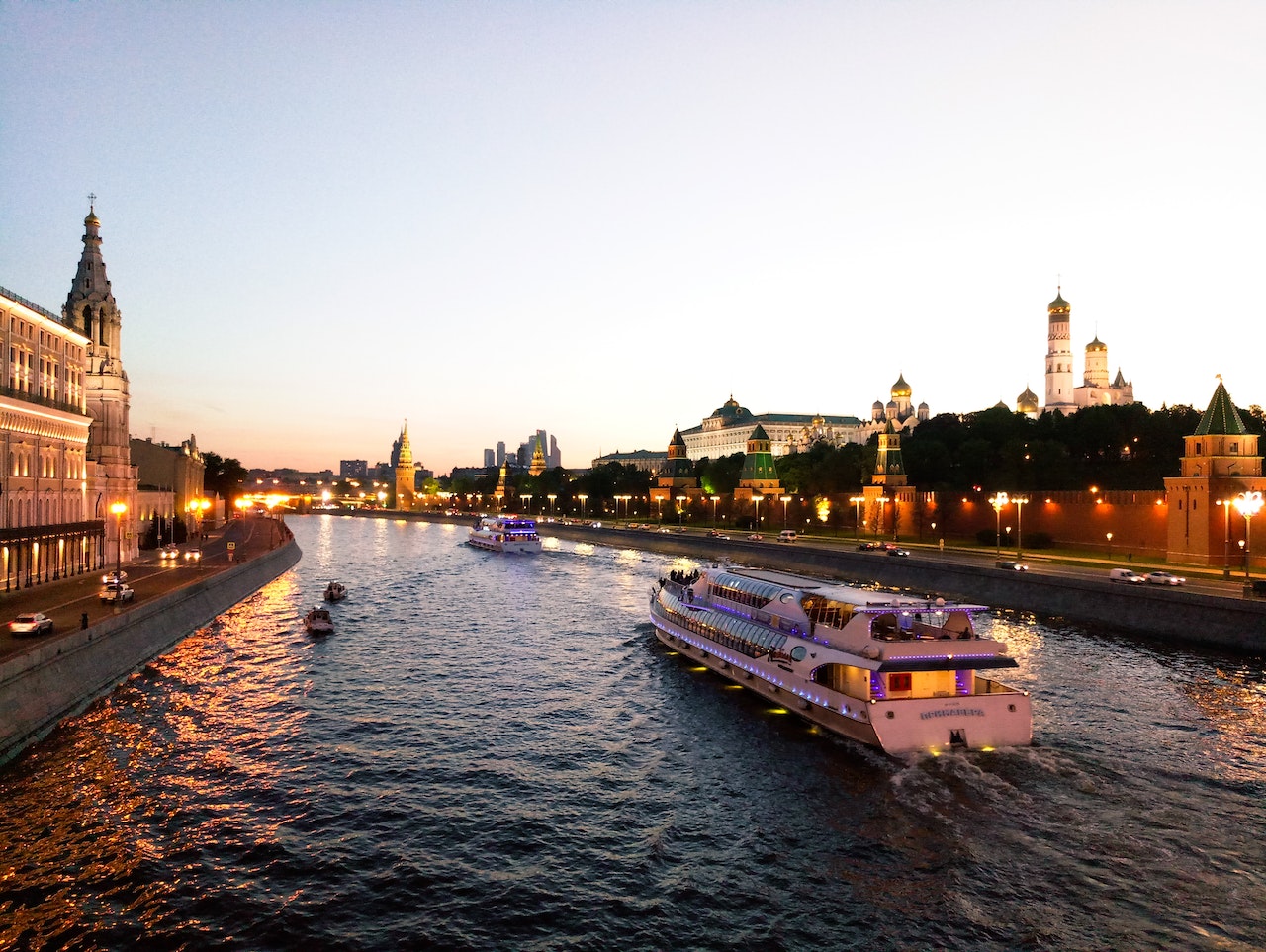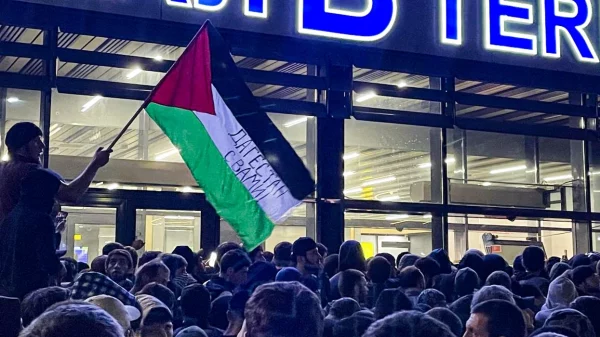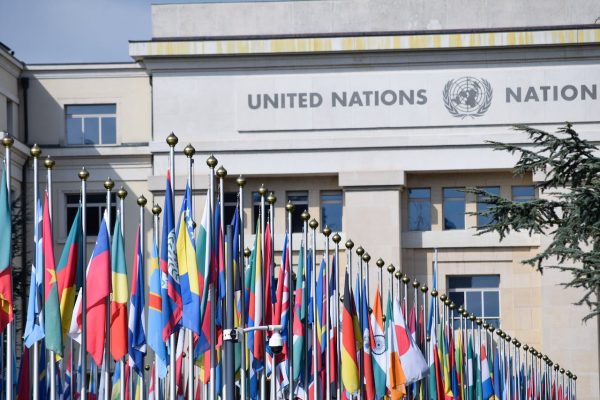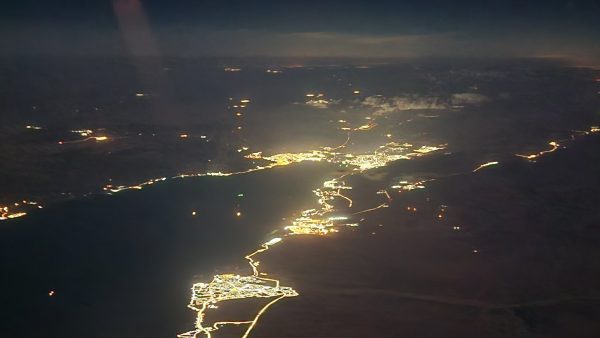Despite Western sanctions, the Russian economy is experiencing growth, primarily attributed to the arms industry. The impact of the year-and-a-half-long war in Ukraine is becoming increasingly noticeable among Russians due to a weakening ruble, reduced purchasing power, declining oil and gas exports, and rising import costs. Russian media are now openly discussing these challenges, despite the government’s tendency to withhold economic data. Another concern is the shortage of skilled workers, driven by economic difficulties and the potential for conscription, as reported by DPA.
Kremlin leader Vladimir Putin, who initiated the Ukraine invasion 18 months ago, often emphasizes the stability of the economy. However, he anticipates a two percent deficit by year-end as expenditures outpace revenues.
Western economic experts in Moscow also acknowledge that Russia is managing the sanctions pressure better than expected. The country’s growth is largely attributed to the war economy and the substantial increase in weapons and ammunition production. This growth is not sustainable, though.
Other sectors of the economy are facing challenges such as a lack of orders and, notably, insufficient investment. The mid-month increase in the base interest rate by 3.5 percentage points to 12 percent, coupled with unstable currency conditions, has made credit prohibitively expensive, dampening investment enthusiasm.
An August survey by the Russian central bank revealed that most businesses in Russia have reduced production for two consecutive months. These businesses also cite labor shortages, partly due to military service obligations, and logistical delivery challenges. Russia must purchase costly materials and spare parts with foreign currency.
With limited access to the EU due to sanctions, Russia resorts to costly imports, sometimes bypassing sanctions through routes like Turkey, Georgia, and Kazakhstan. Lengthy transport, import tariffs, and unfavorable exchange rates against the euro and dollar further erode purchasing power. The inflation rate reached 4.3 percent in July, according to the central bank.
This summer, buying foreign currency is almost twice as expensive as a year ago, with the euro costing about 103 rubles compared to 59.5 rubles on August 23, 2022.
Kremlin-aligned media are preparing Russians for the possibility of a prolonged weak ruble, while emphasizing that there is no macroeconomic reason for panic. However, the country is facing a shortage of foreign exchange, given reduced oil and gas exports and the need to repay foreign debt in Western currencies.
Stricter controls on capital outflows are being considered, as it’s estimated that around $243 billion, or 13.5 percent of Russia’s GDP, left the country in 2022.
The primary concern in Russian media is the diminishing purchasing power, with per capita income nearly doubling in the past two years, but when adjusted for inflation, it is 6.5 percent lower than in 2013.
Experts believe that more efforts are required to stabilize the ruble and enhance its status as a symbol of Russian sovereignty. One proposed measure is to mandate companies to sell a significant portion of their foreign exchange earnings from exports, which could help stabilize the currency.
While the central bank previously imposed temporary bans on currency purchases and required exporters to convert foreign currency earnings into rubles to strengthen the ruble, there is skepticism about the long-term effectiveness of these measures and concerns that the situation could spiral out of control, as noted by the Stolypin Institute of Economics.
Source: ceskenoviny.cz


















